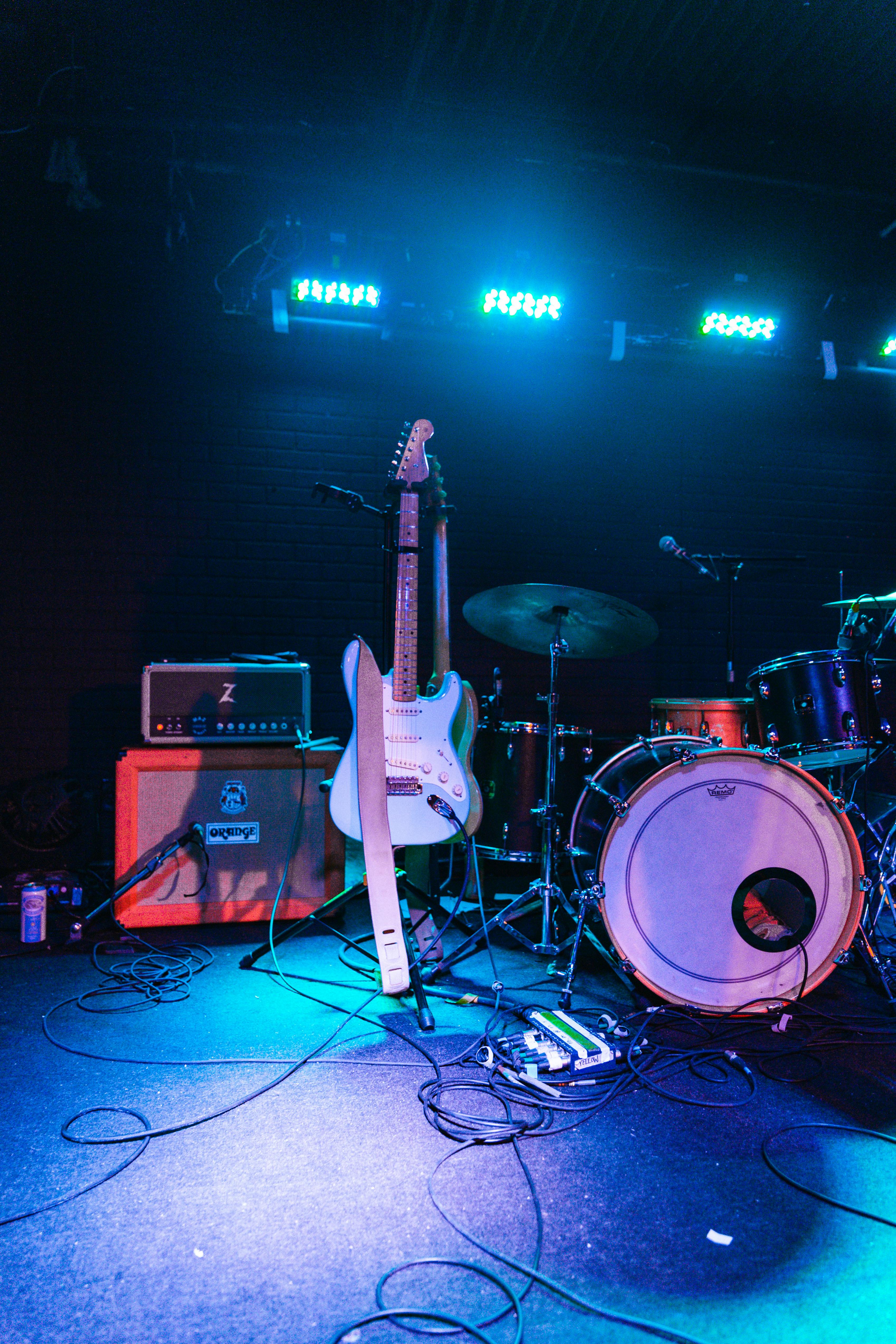
Numerous creatives, from influencers to writers, have been laid off or have not had their contracts renewed. While many have blamed AI-induced strategy shifts for their layoffs, the question remains whether AI can be creative and whether it is to blame for the recent employment shift. National Creativity Day is the perfect time to examine the recent change and whether AI can drive our culture in novel and innovative ways.
What is Creativity?
When you ask people to define creativity, you often get an answer based on the results. “Creativity is the ability to write a book or create music.” Consequently, it is easy to throw various professions into the creative bucket and leave out others. Thus, we often consider anyone involved in filmmaking in a group of creative people, even if their jobs are highly technical. At the same time, cooking and software design are seldomly creative. We consider it an outstanding praise to say, “This dish is so creative.”
Let’s look at a more formal definition of creative work. Creativity is the ability to generate, develop, and express new and original ideas, concepts, or solutions. It involves thinking in novel ways and making connections between seemingly unrelated things, often resulting in unique and innovative outcomes.
The beauty of the more formal definition of creativity is that it separates the process from the outcome. This definition eases the outlook when dealing with AI. For instance, creators can remix music and blog content. However, the best remix artists and content creators always add their touch to make their work distinct. It could be an additional thought in a blog post or a unique break in a song. Thus, one remix is a more technical work, while the other involves a spark of creativity and originality.
Can AI be Creative?
The more technical definition and the look at remixes also clearly outline whether or not today’s Artificial Generative Intelligence and large language models are creative. These current models amalgamate the innovative work of millions of humans and mix them into a new creation. The process is highly technical and mathematical, involving identifying the most likely combination of words.
Yet, it is merely a statistical function that relies on the original input. There is no inspiration or innovation involved. As such, our current state of AI isn’t genuinely creative, and without creativity and imagination, AI isn’t genuinely intelligent.
Replacing Creators
However, whether AI is creative and intelligent is of little comfort to anyone in the creative industry or marketing who has recently lost their job. The fact remains that the advent of AI is a great excuse to slim down departments and replace them with computers. It hasn’t just hit the more technical jobs, like editors and copywriters. We can see changes in contracting from influencers to advertisement music composers.
While challenging for the individuals, it raises the question of whether or not these jobs are genuinely creative. Are the lower-level Instagram influencers creating something original and new, or are they simply re-recording content similar to what performed well on the top tire a day ago?
Likewise, an AI can do 90% of the content repurposing work. I only have to add a paragraph to insert a new thought. Working with a computer might be easier than coordinating with another human employee or contractor to rework my writing.
Creativity Talent Pipeline
However, one thing often overlooked when discussing the current layoffs and cutbacks in the creative area is the future talent pipeline. Usually, younger creators staff the lower levels to build out their portfolios and experiences. They are also the creators most likely to be hit by cutbacks. After all, a new composer doesn’t have the experience and name recognition of one of their more seasoned peers.
However, being creative and successful takes time, grit, and experience. Lower-level jobs allow newcomers to gain knowledge and build the financial cushion to take risks.
Changing Habits and Strategies
Ultimately, AI might not be the only cause of change in the creative industries. Our habits and the resulting business strategies are constantly evolving. While the cost pressure might be a contributing factor, the fact that influencer engagements and lower tire ad spending were going down even before AI became a competitor points to a broader issue.
While AI has accelerated the trend, the overall economy and the glut of content on social media and streaming services have significantly contributed to the issue. While, as a society, we should ensure that culturally valuable and creative work gets the support they need, it might be time to rethink whether the commercial advertisement and marketing departments continue to serve as stepping stones for young creatives.
AI doesn’t possess true creativity. Thus, we need the next generation of composers, writers, and directors to create cultural treasures. For that, they need opportunities.
